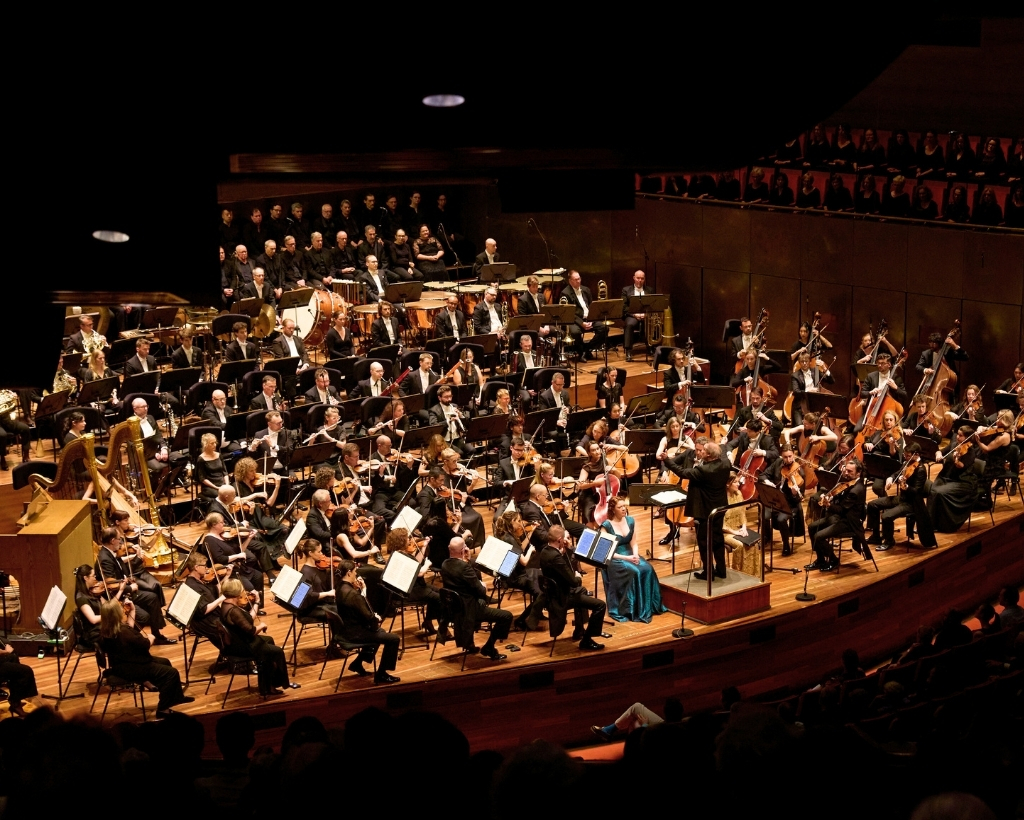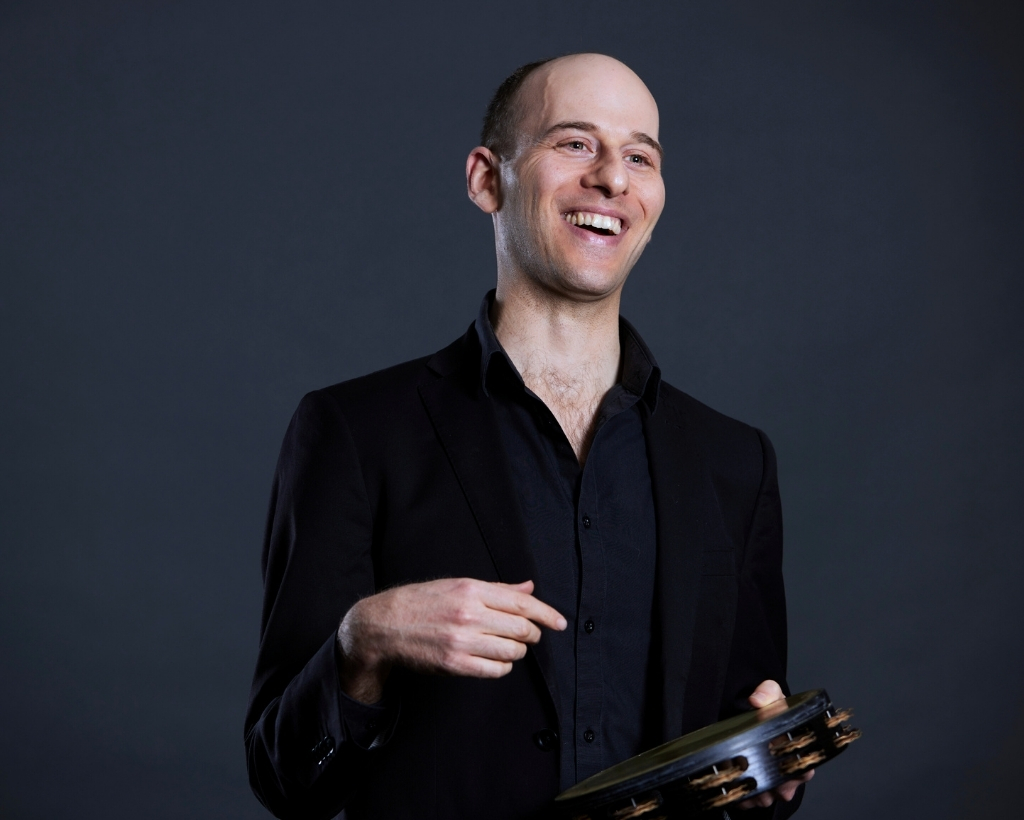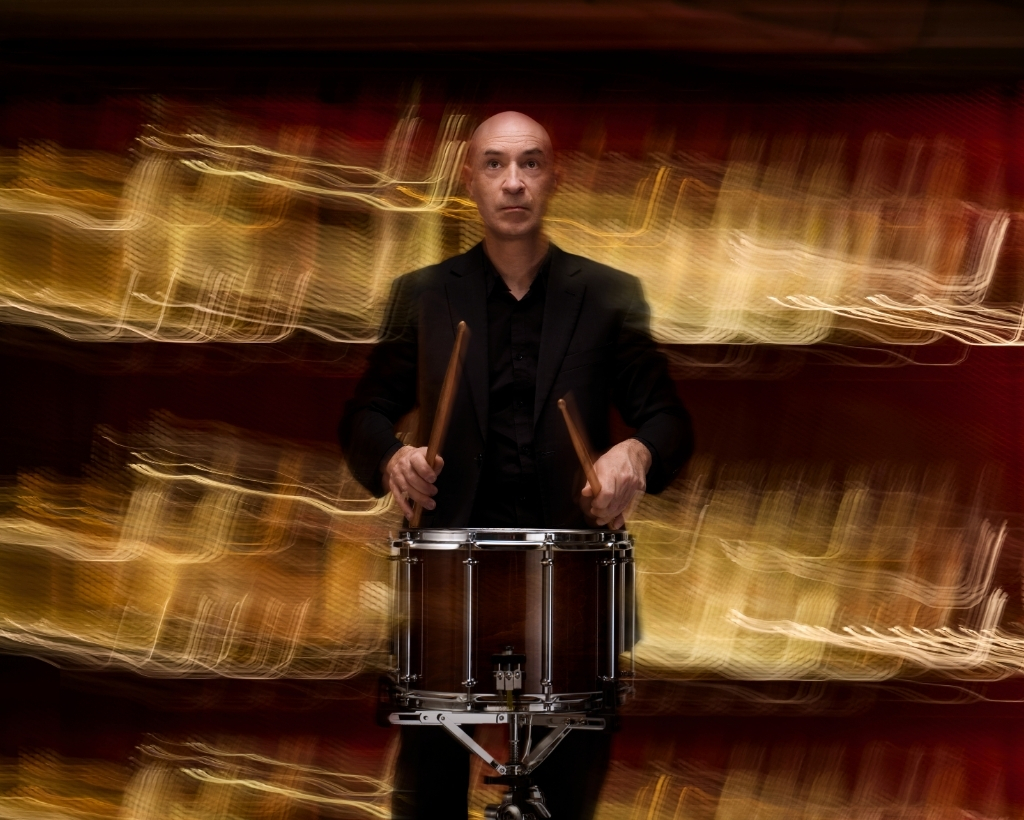Keeping time: John Arcaro and the Italian pulse of the MSO
35 years of rhythm and heritage
This feature offers a portrait of John Arcaro’s 35-year journey with the Melbourne Symphony Orchestra, tracing his Italian roots and exploring the Orchestra’s evolving role within a changing cultural landscape.
John Paolo Giovanni Arcaro’s journey to the heart of the Melbourne Symphony Orchestra (MSO) began in Hallam, then a rural suburb of Melbourne. Growing up in a tight-knit Italian community, with extended family on the same street, his early life was steeped in traditions from Molise, Isernia. From tending vegetable gardens to making homemade sausages, pasta and passata—and crafting potent wine—humorously dubbed “rocket fuel”—Arcaro's upbringing was a rich blend of cultural richness and familial warmth.

Initially more inclined towards sports, Arcaro’s path shifted unexpectedly when a doctor advised to avoid physical activity. That twist of fate led him to pick up drumsticks—a serendipitous turn that ignited a passion for percussion. Despite his family viewing music as a hobby, Arcaro pursued formal studies at the Victorian College of the Arts, graduating with high distinction. At just 20 years old, he joined the MSO, marking the beginning of a distinguished tenure that has now spanned over three decades.
Arcaro’s Italian heritage has profoundly influenced his musical journey. During a sabbatical in his parents’ hometown of Indiprete, near Isernia, he immersed himself in traditional Italian percussion. He connected with local instrument makers and explored traditional folk instruments such as the tamburello, organetto, Calabrian lyra, and chitarra battente. Though he ultimately returned home to Melbourne with just two tamburelli, the cultural richness of the experience left a lasting impression—one that even found its way into MSO performances, most notably the use of the tamburello in Ottorino Respighi’s Pines of Rome.

His exploration also took him to other towns renowned for instrument and bell making, including a visit to the historic bell factory in Agnone. These experiences deepened his appreciation for the craftsmanship and traditions of his ancestors, enriching his contributions to the MSO.
The MSO boasts a notable presence of musicians with Italian heritage. Arcaro highlights colleagues like violinist sisters from Queensland, Monica and Sarah Curro, daughters of prominent conductor John Curro, and Principal percussionist Shaun Trubiano, known for his passion for pizza making, espresso and high-end coffee machines. The MSO’s 2026 Composer in Residence, jazz pianist Joe Chindamo, whose Concerto for Orchestra is set to be performed by the MSO, and violinist Michelle Ruffolo also exemplify the Italian within the orchestra.
Other MSO musicians with an Italian background include Rebecca Proietto on cello, Jonathon Coco on double bass, and Michael Pisani on the cor anglais.
Their mutual heritage fosters a unique camaraderie among members, often manifesting in shared rituals—like the daily espresso. The Italian influence extends beyond the repertoire; it permeates the rhythms of the orchestra’s life, enriching its cultural tapestry.

Audience demographics have evolved. The once steadfast European subscriber base has dwindled, with younger generations less inclined to maintain the tradition. In response, the MSO has diversified its programming, incorporating cross-genre collaborations and broader artistic horizons to connect and engage a more varied audience.
Recently, the MSO performed Felix Mendelssohn’s Symphony No. 4 “Italian,” inspired by the composer’s travels in Italy. The Italian character is unmistakable throughout, especially in the final movement, “Saltarello”—a fast, exuberant dance that pulses with Mediterranean flair.
Arcaro reflects on these changes with a mix of nostalgia and optimism. While challenges persist, he sees opportunity in renewal, emphasizing the need to stay responsive to a younger, more diverse audience.

The Italian presence within the MSO forms a cultural microcosm—not a formal ensemble, but a constellation of kinship, heritage, and creative energy. United by their roots and a mutual love for music, these musicians bring a warmth and vitality that subtly shape the orchestra’s identity. From the ritual of the perfect espresso to the expressive nuances of Mediterranean musical traditions, the Italian spirit has quietly—but profoundly—enriched the MSO for over three decades. It remains a timeless presence, continuing to shape the orchestra’s rhythm, colour, and connection to the world.




